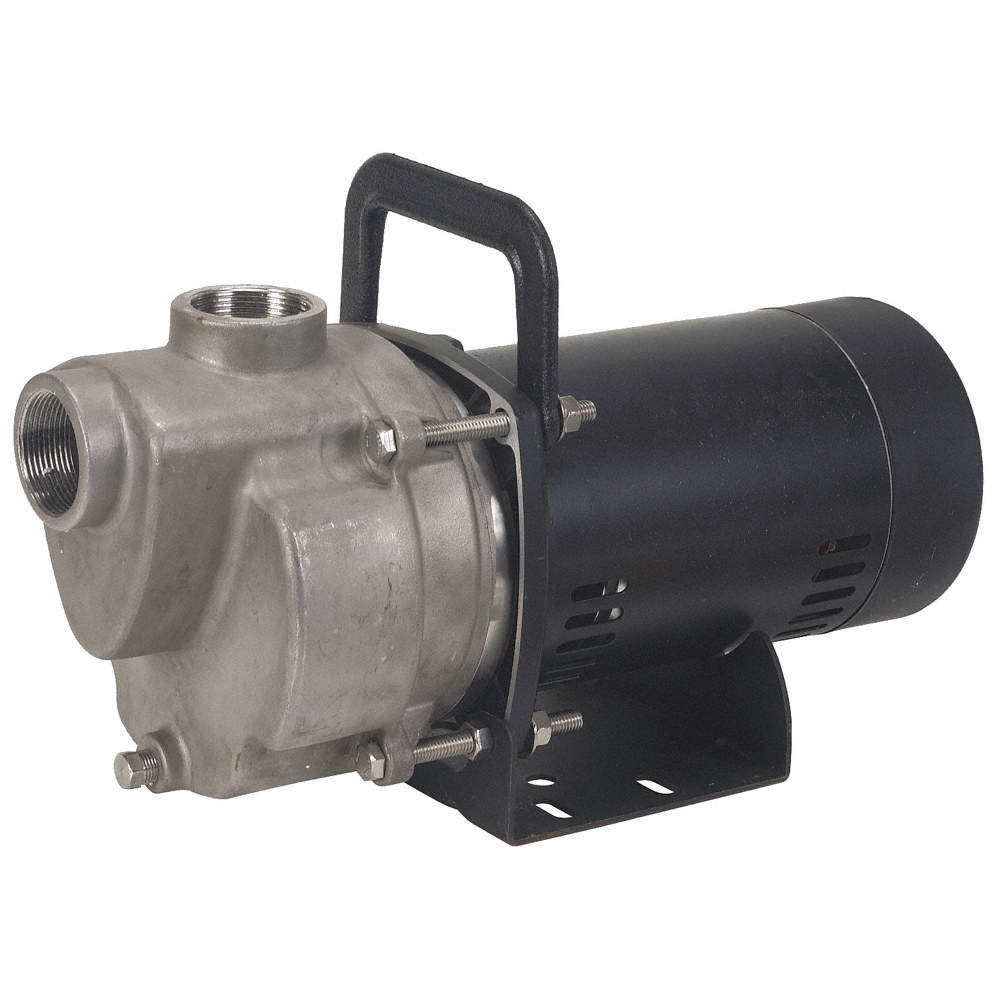
We do our share of field service for centrifugal pumps – when we get there we often see them being used beyond their specifications and obviously that is when trouble strikes.
If you boil all the problems down, they fall into 10 categories. I’ll deal with the first five now and we’ll dive into the next 5 in a later post.
Centrifugal Pump Mistake #1: Too Much Suction Lift
Play it safe and don’t force your pump to do more work than it has to. Otherwise you are facing unnecessary downtime and additional repairs that could have been avoided.
In many cases when a pump goes down the whole system goes down – so the cost of lost running time is much higher if you calculate the value of the whole system. When you design the system keep the lift well within the limits.
Centrifugal Pump Mistake #2: The pump is too far from the liquid source.
Intelligent system designers know that the suction pipe length be held to a minimum to promote long pump life. Every section of suction piping equates to a volume of air that must be removed when the pump starts. Best practices say to reduce priming time to a minimum.
The literature recommends no more than 30 feet but closer is definitely better. See what I said about suction lift and downtime.
Centrifugal Pump Mistake #3: Leaks in the suction line.
The suction line on a self-priming pump is at less than atmospheric pressure. That means liquid doesn’t leak out of the suction line. Air leaks into the line.
A roll of kitchen cling wrap can be used to test for air leaks – just wrap the line in plastic and see if it is sucked anywhere.
The golden rule is, if your pump takes more than four minutes to prime then you should call in your maintenance team.
Centrifugal Pump Mistake #4: Air/Gas Binding
When you start a centrifugal pump, the air in the suction line needs to be vented otherwise it will form pockets around the impeller – which spins in the air and it heats up… as obvious as this remedial lesson is – we still see air bound pumps…
Make sure some sort of vent is installed so that air can escape while the pump is priming. We are more than happy to make sure your design meets proper pump specs.
Centrifugal Pump Mistake #5: Failure to Complete The Initial Priming
Okay – so the name is slightly misleading. There are warnings in all the product literature yet this still happens from time to time.
There is a priming chamber of some description in all centrifugal pumps. This needs to be filled prior to operation. There are lots of ways to do this – check your documentation and consult with the system designer for the best practice in your situation.
Finally remember: If there is evaporation of the fluid in the priming chamber, leakage, pump movement or maintenance your ‘self-priming’ pumps need to re-primed.
Looking to install a new system with centrifugal pumps? Call 404-363-6000 or drop us a line at sales@pyebarker.com and the team at Pye-Barker can review your system and/or recommend the right pumps and make sure you won’t have any trouble with pump performance. Or we can help you troubleshoot a problem system with you.


